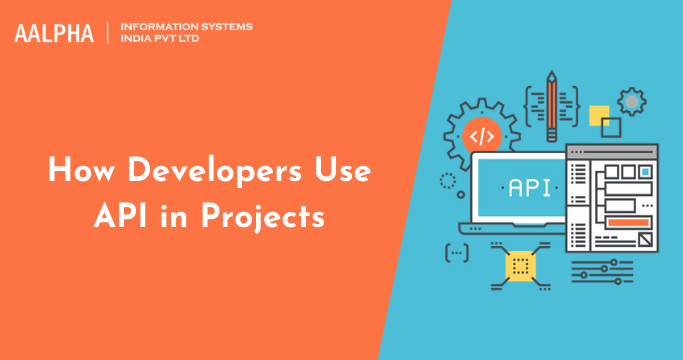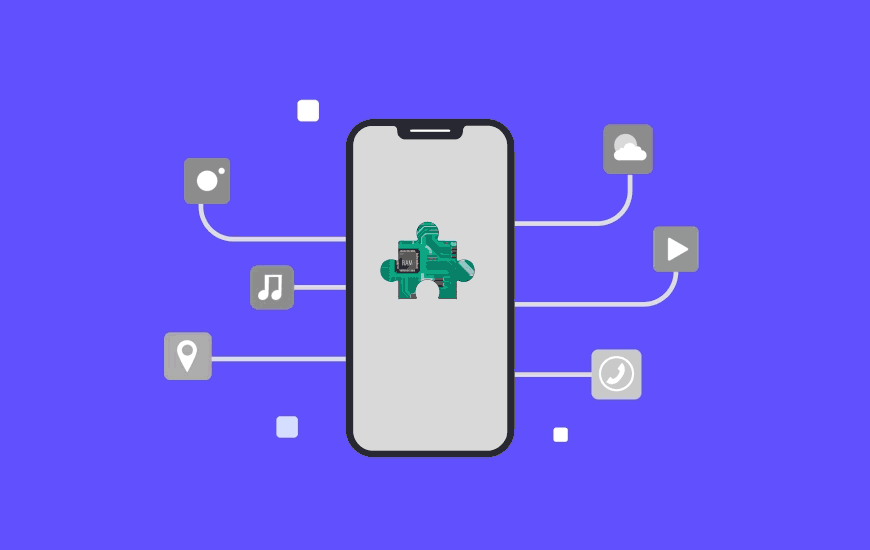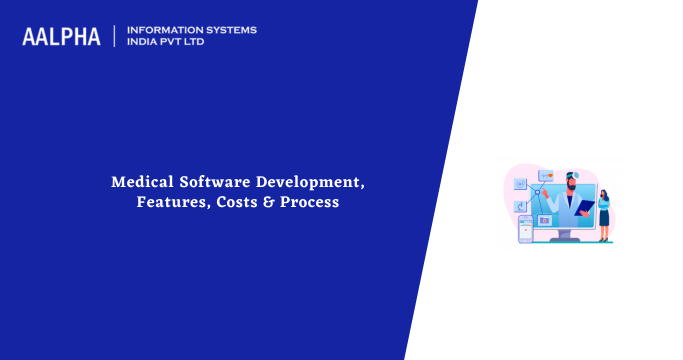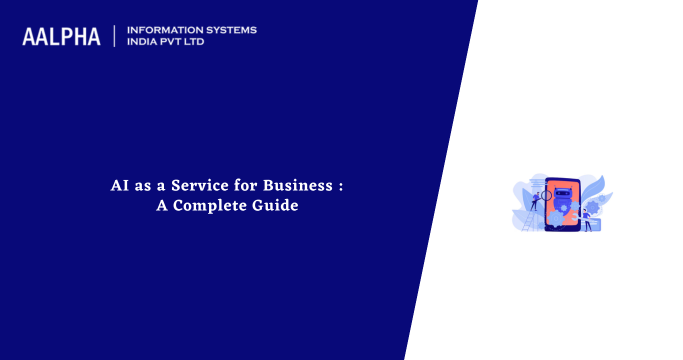Technology advancement has been improving every other day. As a result, there are many complex terms that only IT experts can understand. Among the terminologies is API. If you are a tech person, then you already know what it is. You can still be a tech person who has the basic idea of what API is but don’t know much. Read on to understand the whole concept of how developers use API in projects
Many brands have incorporated the API idea into their daily operations to improve productivity. Before we move further, what is API?
API means Application Programming Interface. It is a trend used to move data between different software. There are two elements of APIs which are
The interface that ensures there is good communication between two apps and
The specification describes details of exchanged data and defines how the data can be retrieved.
How APIs Operate
In API, the word interface carries more weight. It is the element that promotes effective communication between the system and the user. Let’s take the example of a car as a software product. A vehicle has one primary purpose- to move individuals from one place to another.
Here, your APIs are the pedals and wheels. You do not have to analyze what happens on the inside of the car. As long as you use the wheels and pedals, you move.
Back in software development, APIs help the developers achieve the functionality of their project. They don’t build new features but purchase them from trusted sources. In the end, they can develop a product within a short period at cheap rates.
Check: Hire API developer in India
Different forms of APIs
Because of advanced tech, there is a wide range of APIs, and developers can select the ones appropriate for the project at hand.
Note: Developers can get different APIs through open APIs and availability.
Every developer can get open APIs, which are also known as public APIs. Such APIs are shared freely across the network so that other apps can get them quickly.
However, there is a slight distinction between the two. Public APIs have a number of restrictions on the structure access. This implies that publishers have total control over the security management of the software. This is opposite to open APIs because publishers offer free solutions, and any developer can access the features and the architecture.
Open APIs
Before we look into open APIs, let’s highlight their relevance to the company:
- The publisher owns all the source code rights
- Enhances faster development
- Gives developers room to use their preferred tools
- They are cheap.
Cons of APIs
- Since open API is user-oriented, all matters concerning security should be handled adequately. Any simple mistake will lead to poor user experience, which can damage reputation.
- Limits developers- For example, when a brand decides to change terms and conditions, they add extra cash for the software. So, developers must comply with what the brand wants, and they can’t explore more ideas.
- Social networks- Many companies offer open APIs to encourage more users for their services and maintain customers. However, social networks can be insecure at times.
Internal APIs
The in-house team is the one that uses internal APIs to attain their objectives. The purpose is to promote good communication between software products to achieve the goals of the company.
The internal APIs help developers find a solution for all in-house teams like HRS solutions, CRM system management, ERP software, among many more.
Note: third parties can’t access the source code for internal APIs.
Data privacy is the top concern for internal APIs because when other parties access confidential data, it poses several risks to the data in question.
Developers have an easy time using other developers’ internal APIs since it is created in simple language for in-house use only. Among the big brands that rely on internal APIs for their software products is Adobe.
Partner APIs
Another type of open API is Partner API, although the publisher has terms and conditions to access the API. The purpose of partners API for business is to enable publishers to monetize the products. As for developers, they can access the API after payment or after subscribing. After subscription or fees, you will enjoy a wide range of useful features, but you can’t access the services once the subscription expires. This strategy is familiar with SaaS products.
Note: Some publishers can grant you access to the APIs as long as you are their loyal partners. In such cases, you don’t have to subscribe or give your payments. eBay development team uses partner API in its operations.
Check: how much does an API cost
Composite APIs
Developers can make requests to different points using a single cell in composite APIs. This strategy aims at improving the overall speed and enhances performance when executing. There is no standard distribution model in composite API because different vendors have different requirements for accessing the API.
The CRM solution, Salesforce, and SaaS use composite APIs to modify integration with the client’s software. However, users can access the APIs features after subscribing.
Note: You must have highly skilled developers to use composite APIs because they are quite complicated.
By Structure
There are other APIs classified according to their specifications and cases. They include:
REST (Representational State Transfer)
REST is a software architecture style that offers recommendations for the web development process. It is the architectural middle ground for the API. REST applies to all stateless architecture because it doesn’t store data in a physical disc. The storage depends on third-party storage facilities.
If you have a system that processes many requests every time can crush because REST allocates adequate workload, and it has a load balancer that offers extra support. Again, the REST API has a default cache operation system. This means that qualified developers can work with native architecture without manipulations.
Disadvantages of REST APIs
They lack a unified standard leading to implementation difficulties. The entire concept requires more recommendations. So, developers can’t be creative enough, which might affect the overall quality of the product. Above all, most engineers disagree in many aspects, thus slowing down the development process.
Again, REST is only suitable for batch projects but doesn’t support small projects. In such instances, RPC is the best.
As a developer, you must be highly-skilled to use REST APIs because the entire process is complicated in many ways.
JSON-RPC and XML-RPC
RPC means remote procedure call, and it is the process of transmitting data in XML or JSON format. The purpose of RPC is to enhance batch operations. So, RPC APIs can implement several functions during one call. Let us take the example below to understand APIs in computer terms.
When you have a social media website, you need to put up a clear profile like a picture and a range of services you offer. So, with RPC, you can make achieve all the operations with a single call. This implies that API helps to reduce repetitive actions.
RPC gives libraries for both the client and server-side for all programming languages. In case the RPC doesn’t support the languages you are using, you can update manually with ease.
Note: RPC strategy performs best in small and medium-size enterprise solutions.
Again, there are some downsides of RPC compared to other APIs; for example, when you need to cache the data from the response, there must be several manipulations with the storage, leading to poor performance.
So, from the information above, if you don’t have a high-load web project, it could be high time you consider the RPC strategy to enhance performance and to speed up the development process.
SOAP
SOAP refers to the Simple Object Access Protocol, which defines API elements and standard chain. It improves the system’s speed by causing high pressure on the network.
What differentiates REST and SOAP is that with SOAP, developers have to search for HTTP protocol alternatives while REST automatically uses HTTP for scaling, caching, and other elements.
More information on SOAP is that it returns responses in XML format. However, in web service using Java, it is better to consider JSON format since XML format forces developers to transform data operations, which affects the overall poor performance.
In case you have a website, which requires editing features, then consider REST. Here, performance is all that matters.
On the other hand, use SOAP for API that requires several verifications in real-time and processes financial transactions.
Conclusion
With API technology, it all depends on your project’s nature in terms of specs and requirements. If you want to know the right API for the task at hand, you need to define your goals first.
Hope you’ve got how developers use API in Projects, for more information feel free to contact Aalpha





Share This Article:
Written by:
Muzammil K
Muzammil K is the Marketing Manager at Aalpha Information Systems, where he leads marketing efforts to drive business growth. With a passion for marketing strategy and a commitment to results, he's dedicated to helping the company succeed in the ever-changing digital landscape.
Muzammil K is the Marketing Manager at Aalpha Information Systems, where he leads marketing efforts to drive business growth. With a passion for marketing strategy and a commitment to results, he's dedicated to helping the company succeed in the ever-changing digital landscape.